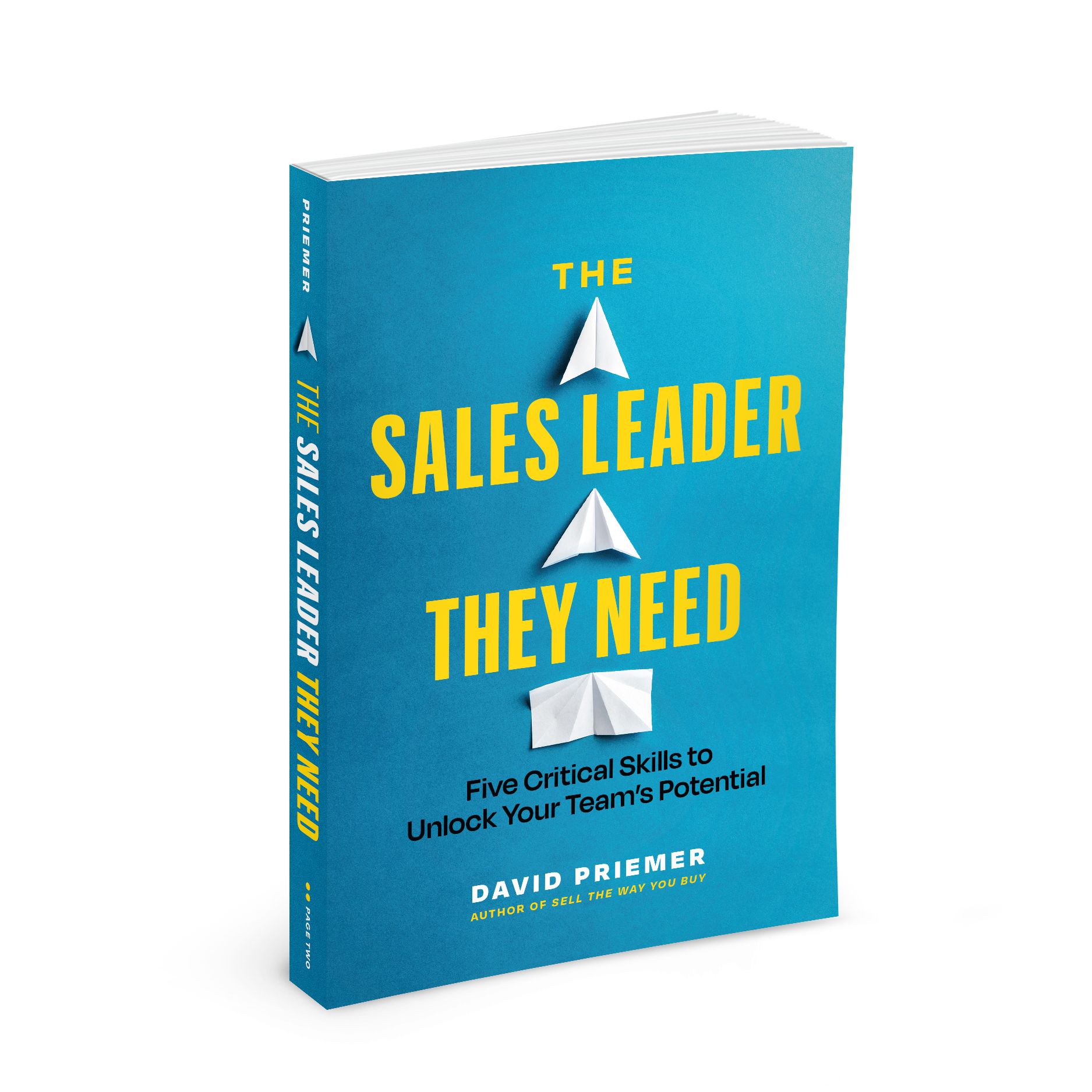3 Killer Tips for Crafting a Customer-Centric Sales Pitch
Sales is a strange profession. On one hand, the role of a sales professional is that of a guide or trusted advisor. To altruistically help their customers improve their lives and grow their business by exposing them to new tools, services, and concepts. On the other hand, in the pursuit of these lofty goals, sales professionals are incentivized by lucrative compensation plans, the magnitude of which are rarely seen beyond the C-suite. For new sales reps especially, this dichotomy can create internal conflict when it comes to whose interest to prioritize.
Back when I worked at Salesforce my goal was to reduce the ambiguity of this dilemma for our new recruits (after all, I’ve been a Salesforce customer three times myself). Despite my large quota and shared sense of urgency, I was very clear on this topic. “Guess what?!?” I typically began when broaching the discussion with my team,
“Your customers don’t care about our solutions, our sales process, or whether or not you make your quota. They really only care about one thing; growing their business!“
A keen focus on your customer’s problems has many benefits including creating that critical initial interest and affinity. Noted author, Simon Sinek, summed this sentiment up perfectly in his 2011 talk entitled “If You Don’t Understand People, You Don’t Understand Business.” In it he asserts that most corporations in the world adopt a self-centered approach to sales and marketing; meaning, their efforts are largely focused on talking about themselves, their solutions, and positioning them competitively against other corporations. Yet, transitioning to more customer or buyer-centric messages can have a meaningful impact to both your bottom line and your brand.
So what’s the secret to crafting customer-centric messaging that’s compelling enough to capture your audience’s attention? Here are three tactics guaranteed to get your customers to notice.
Tip #1: Pick an Enemy
Make your message polarizing and easy to get behind by focusing it on a single problem that is already well-understood by your target audience. For example, my third startup was a feedback, coaching, and recognition solution designed to help people get ahead at work. As it turned out, people (especially millennials) love feedback but universally hated the old, antiquated annual performance review process. As a result, performance reviews became our enemy and we generated a great deal of high profile press that helped our target audience quickly understand how we could help their business.
Tip #2: Use Exactly the Same Words They Do
Who is the target buyer for your product or service? Do you know? While many organizations feel their services have a broader audience base than they actually do, it’s often a helpful exercise to use data to understand the key demographic, role, and persona of your target buyer (i.e. What type of person is actually buying your solution? What type of person is responsible for the majority of your revenue?). But the exercise doesn’t end there! Once you zero in on your target persona, engage them and listen to the specific words they use to describe their problems and the value they get from your solution. Then use those exact words in your sales and marketing efforts. But why the exact words?
In a 2002 study, Dutch researcher Rick Van Baaren found that in one restaurant, servers were able to increase their tips by 70% simply by repeating their customer’s verbalizations back to them exactly. While this mirroring (or mimicking technique) may seem silly at first, using the same words as our target buyers promotes more rapid assimilation of our message and engagement with our brand.
Tip #3: Teach Your Audience Something
Helpful, insightful messages are great at engaging your target audience for three reasons:
- They invoke the power of reciprocity. When you teach someone something and add value to their experience with you, you encourage them to respond in kind.
- They build value in your brand. They substantiate your organization’s position as a thought-leader, making you a go-to resource for your target audience. They also won’t be so quick to delete new messages from you!
- They can help uncover hidden pain. In many cases, your audience may not realize how problematic their current state is. Showing them what the future could look like may create the awareness you need.
For sales and marketing organizations, cultivating a customer-centric approach that focuses on the key business challenges of your target audience is critical to achieving long-term success. While not always second nature, focusing on messages that are polarizing, relevant, and insightful may be just the thing you need to both disrupt your customer’s inertia and raise their initial level of interest around your solution.
We promise never to send you junk or share your email! Just helpful sales insights.














Leave a Reply
Want to join the discussion?Feel free to contribute!